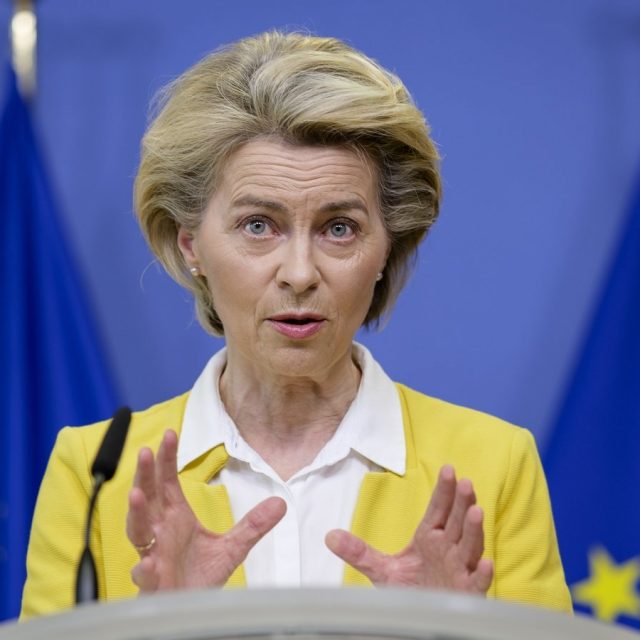Photo by Nathan Dumlao on Unsplash
Cohesion Policy, the bedrock of Europe’s regional development, stands at a crucial crossroads. For decades, it has been instrumental in reducing economic, social, and territorial disparities across the EU. However, recent challenges demand urgent attention and adaptation, writes Thomas Schwab.
Firstly, Cohesion Policy operates in a shifting global landscape. The Russian invasion of Ukraine, intensified global trade competition, and the pressing need to address progressing climate change have introduced new priorities. These changes affect regions unevenly and raise essential questions about balancing efficiency and equity. Essentially, the challenge lies in distributing benefits fairly while sharing costs equitably. Cohesion Policy, rooted in the EU’s commitment to making the Single Market beneficial for all, must evolve to meet these new global demands.
Financially, Cohesion Policy is significant, accounting for about one-third of EU spending, following closely behind the Common Agricultural Policy (CAP). With emerging priorities requiring funds and existing ones like the green transition underfunded, competition for EU financial resources is intensifying. This situation raises critical questions about the effectiveness of Cohesion Policy and the capacity of regions to make the most out of cohesion funds. Despite notable successes, particularly in Central and Eastern Europe, Cohesion Policy must continually prove its relevance.
The design of Cohesion Policy needs enhancement. The Recovery and Resilience Facility (RRF), initially a crisis response tool, has emerged as a new player in structural development – until 2026. It showcases a more centralized approach, bypassing multi-level governance and regional stakeholder participation and emphasize performance-based budgeting with ex-ante conditionalities. While it offers valuable lessons, a comprehensive assessment of the RRF’s impact is still pending. Nonetheless, the pressure is on to integrate performance-based budgeting and other elements into Cohesion Policy to boost its effectiveness.
Cohesion Policy must also create more synergies with other EU initiatives. The principle of cohesion extends beyond Cohesion Policy. Balancing equity and efficiency is a challenge across various policies. For instance, fostering innovation involves choosing between supporting leading research centers in developed regions or unlocking potential in less developed areas. The green energy transition also holds promise for reducing disparities, making it inherently cohesive asking for policy alignment. Furthermore, integrating national regional development programs better with EU cohesion policy can maximize impact and efficiency.
The coming weeks and months will be decisive. On June 18, the General Affairs Council will discuss Cohesion Policy, followed by the European Council’s deliberations on the strategic agenda for 2024-2029 on June 27 and 28. These meetings will shape the future of regional development across the EU. With a new Commission taking office in the fall and negotiations for the next Multiannual Financial Framework (MFF) starting next year, Cohesion Policy will be at the forefront of political debates.
Cohesion Policy and, thus, regional development in Europe, faces pivotal moments. The European Council’s upcoming decisions will guide the way for the future of this policy. An upgraded Cohesion Policy with a clear mission, improved design, and a solid financial basis can be central to the European Union’s efforts to master global challenges, improve its position in the world, and serve as a backbone for European integration, as intended from its inception.

The Author, Thomas Schwab, is a senior expert for European economics at the Bertelsmann Stiftung, a non-partisan foundation based in Gütersloh, Germany.




